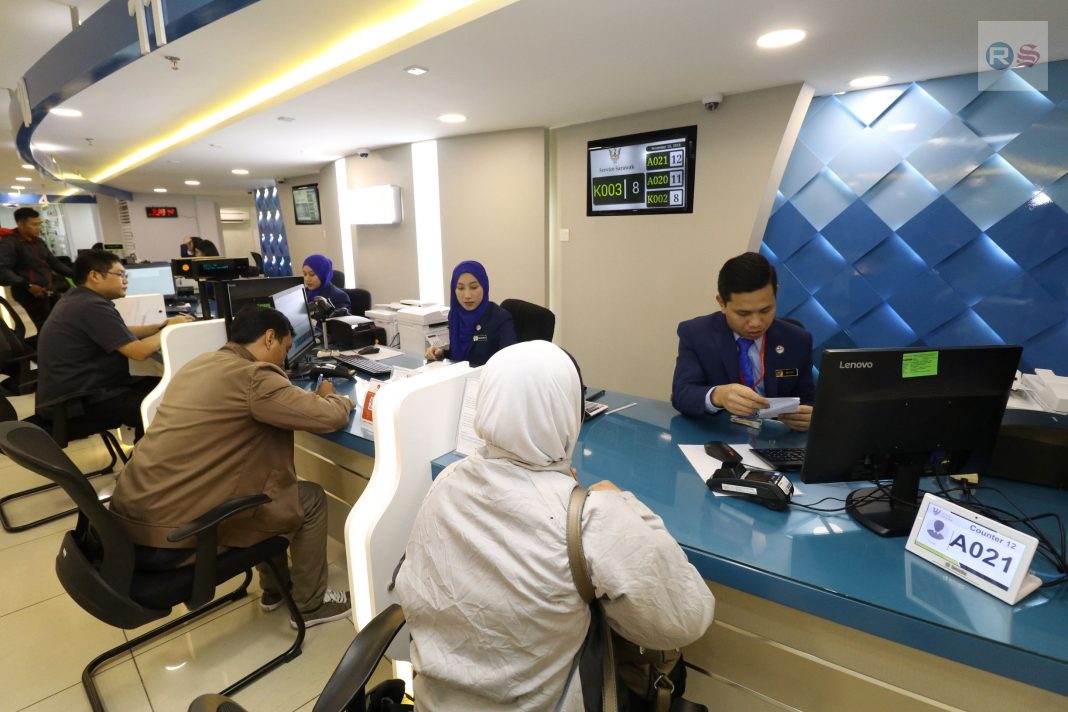One way for government organisations to establish a sense of urgency within their customer service delivery is to understand how their citizen customers perceive a good service quality from them.
Doing so will enable them to determine the means of meeting and even managing (to a certain extent) their customers’ expectations as part of their customer service strategies.
It also helps government organisations to develop a set of service standards that includes providing a two-way communication channel between them and their customers.
In addition to informing customers on what to expect from them, such standards should remind management and employees within organisations of their commitment towards addressing challenges and meeting obligations in relation to service delivery.
This is especially important as most government organisations are sole providers to public services that citizen customers are highly dependent on.

There are seven criteria that define good perceived service quality. These are based on various studies and conceptual work compiled by management theorist Christian Grönroos, who is known for his researches that focus on service and relationship marketing:
Professionalism and Skills: It is expected that the service provider – i.e. its employees, resources and operational systems and processes – possesses the necessary knowledge and skills that can help solve problems faced by customers professionally.
Attitudes and Behaviour: Service front-liners or contact persons should express concern about their customers and show interest in addressing their problems in a friendly and spontaneous manner.
Accessibility & Flexibility: The service provider should be easily accessible for customers, including location, operating hours and employees. It should also be prepared to adapt to its customers’ demands and requests in a flexible manner.
Reliability & Trustworthiness: The service provider is expected to keep its promises and perform well with its customers’ best interests in mind to maintain its reliability and trustworthiness.
Service Recovery: Should something go wrong or something unpredictable occur, it is expected of the service provider to be able to take action immediately and actively to have a good hold of the situation and search for a new solution that meets the customer’s satisfaction.
Serviscape: Customers believe that the physical surrounding as well as factors contributing to the environment of the service encounter can determine whether the service experience is positive or not.
Reputation & Credibility: Customers are willing to consider the reputation and credibility of the service provider as positive should the latter’s good performance and values align with the former’s expectation of a good service delivery.




